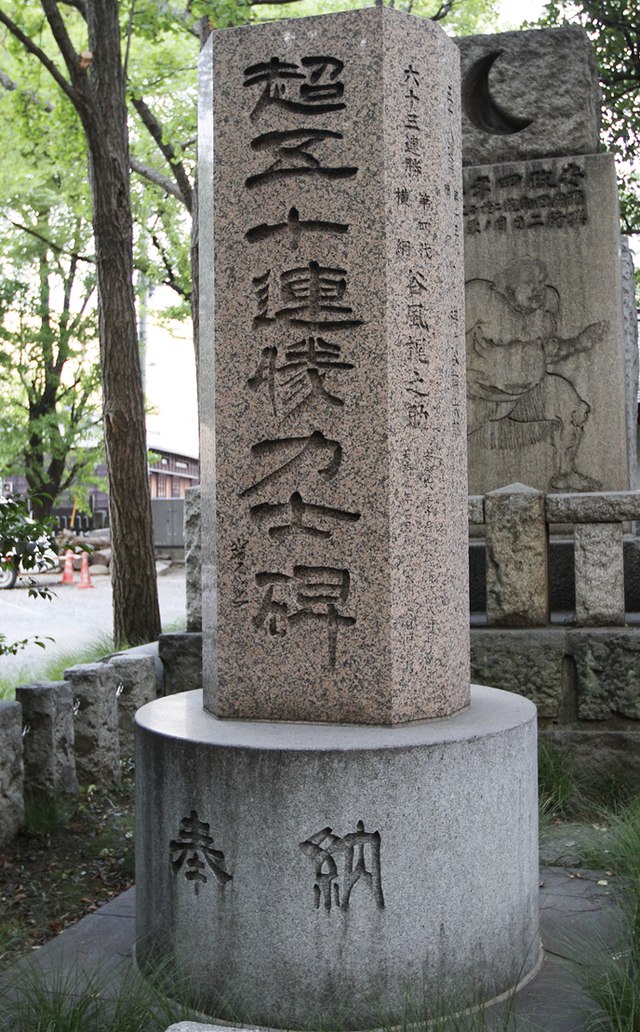Top Qs
Timeline
Chat
Perspective
List of sumo record holders
From Wikipedia, the free encyclopedia
Remove ads
This is a list of records held by wrestlers of professional sumo. Only performances in official tournaments or honbasho are included here. Since 1958, six honbasho have been held every year, giving wrestlers from the modern era more opportunities to accumulate championships and wins. Before this, tournaments were held less frequently; sometimes only once or twice per year.

Names in bold indicate a still active wrestler.
The tables are up to date as of the end of the November 2025 tournament.
Remove ads
Most top division championships
Summarize
Perspective
Remove ads
Most wins
Summarize
Perspective
Wins within a playoff are never included in any of the statistics concerning wins or win ratios.
Most consecutive wins
Most consecutive wins from entry into sumo
Remove ads
Best top division win ratios
Most bouts
Losses by default are excluded.
Remove ads
Most consecutive bouts
Remove ads
Most tournaments
Summarize
Perspective
The March 2011 and May 2020 tournaments were cancelled for all wrestlers and are disregarded in these totals.
Tournaments sat out by individual wrestlers are included, with the exception of "outside the banzuke" status (banzuke-gai).
Remove ads
Progress to top division
Summarize
Perspective
The table for the fastest progress shows wrestlers with the fewest tournaments from their professional debut to their top division debut since the six tournaments a year system was introduced in 1958. It excludes makushita tsukedashi and sandanme tsukedashi entrants who made their debut in the third makushita division and the fourth sandanme division.
Remove ads
Most special prizes
Special prizes (sanshō) were first awarded in 1947. They can only be given to wrestlers ranked at sekiwake or below. For the current list of active special prize winners, see here.
Remove ads
Most gold stars
Gold stars (kinboshi) are awarded to maegashira ranked wrestlers who defeat a yokozuna. For a list of current kinboshi earners, see here.
Youngest yokozuna at time of promotion
Yokozuna by their age at the time of promotion, showing both years and months for added detail.
Remove ads
See also
- Glossary of sumo terms
- List of active gold star earners
- List of active special prize winners
- List of active sumo wrestlers
- List of past sumo wrestlers
- List of sumo top division champions
- List of sumo top division runners-up
- List of sumo second division champions
- List of sumo stables
- List of years in sumo
- List of yokozuna
Notes
- The winning streaks of Tanikaze, Umegatani, and Tachiyama were interrupted by draws and rest days. The others listed were all wins only.
- Losses by default are excluded, but wins by default are included; as is standard in sumo records.
References
- Japan Sumo Association
- Sumo Reference
- The Sumo Colosseum
- Grand Sumo, Lora Sharnoff, Weatherhill, 1993. ISBN 0-8348-0283-X
Wikiwand - on
Seamless Wikipedia browsing. On steroids.
Remove ads
